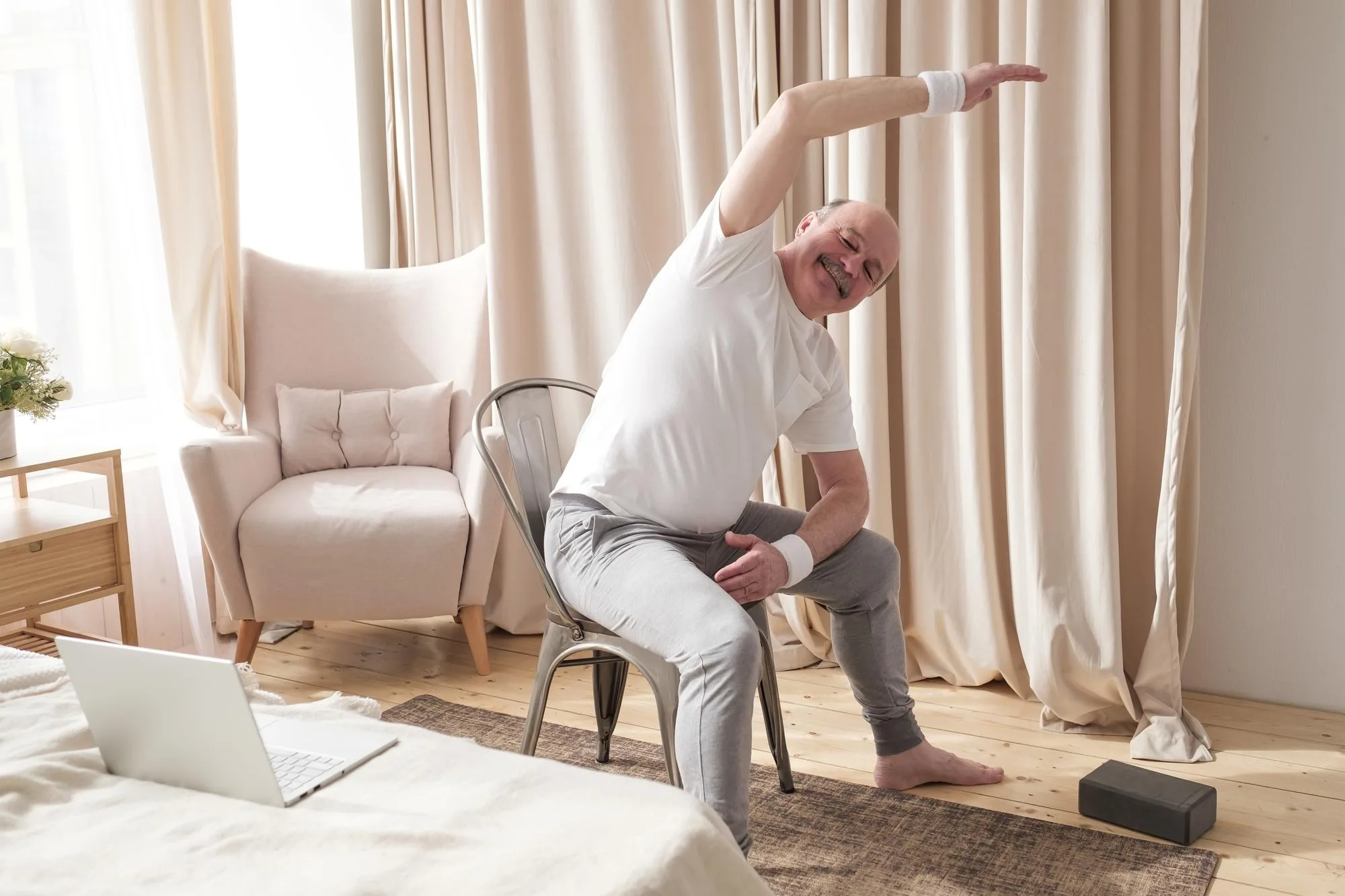
Arthritis is a broad term that encompasses dozens of different types of joint diseases and conditions. The most common types among seniors are osteoarthritis (OA) and rheumatoid arthritis (RA). Osteoarthritis is a degenerative joint disease caused by the breakdown of cartilage, leading to pain and stiffness. Rheumatoid arthritis is an autoimmune disorder in which a person’s immune system attacks the joints, causing inflammation and pain. Arthritis is a prevalent condition that typically causes pain, stiffness, and decreased mobility. Finding the best arthritis treatment is important for improving the quality of life for older adults. This guide explores various treatment options, including medications, lifestyle changes, physical therapies, and alternative treatments, to help you navigate varying approaches to managing arthritis in seniors. Find out some of the most effective treatments here.
Medications for Arthritis
Medications are often the first line of defense in managing arthritis symptoms. Below are some commonly prescribed options.
Nonsteroidal Anti-Inflammatory Drugs (NSAIDs)
NSAIDs, such as ibuprofen (Advil, Motrin) and naproxen (Aleve), are commonly used to reduce inflammation and alleviate pain. For seniors, it’s important to use these medications under medical supervision due to potential side effects like gastrointestinal issues and increased risk of cardiovascular events.
Acetaminophen
Acetaminophen (Tylenol) is often recommended for pain relief, especially for those who cannot take NSAIDs. It can be gentler on the stomach and is typically effective for mild to moderate pain.
Disease-Modifying Antirheumatic Drugs (DMARDs)
For rheumatoid arthritis, DMARDs like methotrexate and biologics such as adalimumab (Humira) and etanercept (Enbrel) are used to slow disease progression and reduce joint damage.
Corticosteroids
Corticosteroids like prednisone can be used to reduce inflammation and pain. These are typically prescribed for short-term use due to potential side effects.
Lifestyle Changes
Lifestyle modifications can play a role in managing arthritis symptoms. Here are some effective strategies.
Exercise
Regular physical activity helps maintain joint function, reduce stiffness, and improve overall mobility. Low-impact exercises like walking, swimming, and cycling can be particularly beneficial for seniors. Strength training can also help support the joints by strengthening the surrounding muscles.
Healthy Diet
A balanced diet rich in anti-inflammatory foods can help people manage arthritis symptoms. Incorporate fruits, vegetables, whole grains, and lean proteins into your diet. Omega-3 fatty acids found in fish, flaxseed, and walnuts have anti-inflammatory properties that can be beneficial.
Weight Management
Maintaining a healthy weight reduces stress on weight-bearing joints, such as the knees and hips. Even a small amount of weight loss may alleviate pain and improve joint function.
Physical Therapy
Physical therapy is a cornerstone in arthritis management. A physical therapist can design a personalized exercise program to help you improve strength, flexibility, and range of motion. Techniques such as heat and cold therapy, ultrasound, and electrical stimulation can also help reduce pain and inflammation.
Assistive Devices
Assistive devices can make daily activities easier and less painful for seniors with arthritis. Canes, walkers, grab bars, and ergonomic kitchen tools are just a few examples. Occupational therapists can provide recommendations and training on how to use these devices effectively.
Alternative and Complementary Treatments
Some seniors may find relief through alternative and complementary treatments. These options can be used alongside conventional treatments.
Acupuncture
Acupuncture involves inserting thin needles into specific points on the body to relieve pain. This treatment may help reduce arthritis pain and improve function, although research hasn’t yet proven how effective acupuncture can be for arthritis.
Massage Therapy
Massage therapy can help reduce muscle tension, improve circulation, and alleviate pain. It is important to find a therapist who’s experienced in working with people who have arthritis.
Supplements
Certain supplements, such as glucosamine and chondroitin, are believed to support joint health. While evidence is mixed, some seniors report relief from their symptoms. Always consult a healthcare provider before starting any new supplements.
Surgical Options
When conservative treatments don’t provide relief, surgical options may be considered. You and your doctor might consider the following.
Joint Replacement
Total joint replacement, particularly of the hip or knee, can improve mobility and reduce pain. This is often considered when arthritis severely impacts quality of life and other treatments have not been effective.
Arthroscopy
Arthroscopic surgery allows surgeons to diagnose and treat joint problems through small incisions. This minimally invasive procedure can be used to remove loose cartilage or repair damaged tissue.
Finding the best arthritis treatment for seniors involves a multi-faceted approach that often includes medications, lifestyle changes, physical therapy, and sometimes surgery. It’s essential to work closely with healthcare providers to develop a personalized treatment plan that addresses individual needs and preferences. By incorporating these strategies, seniors can manage their arthritis symptoms effectively, maintain their independence, and improve their overall quality of life.
Resource Links
“How Seniors Can Manage Osteoarthritis Symptoms” via the National Council on Aging
“Disease-Modifying Antirheumatic Drugs (DMARDS)” via Cleveland Clinic
“ Acupuncture for Arthritis” via the Arthritis Foundation
“Benefits of Massage” via the Arthritis Foundation
“Can diet improve arthritis symptoms?” via Harvard Health Publishing

